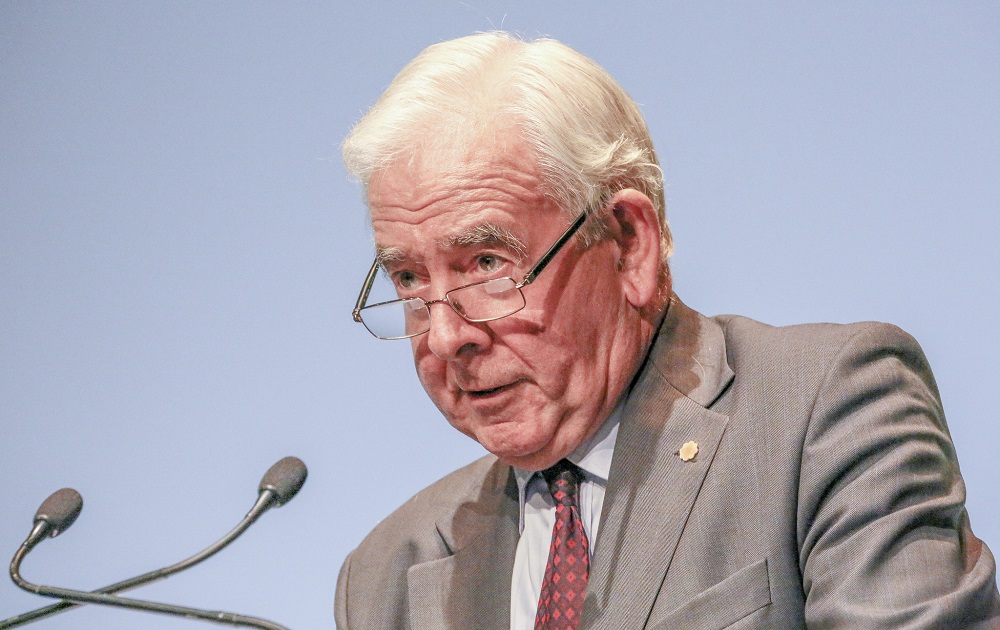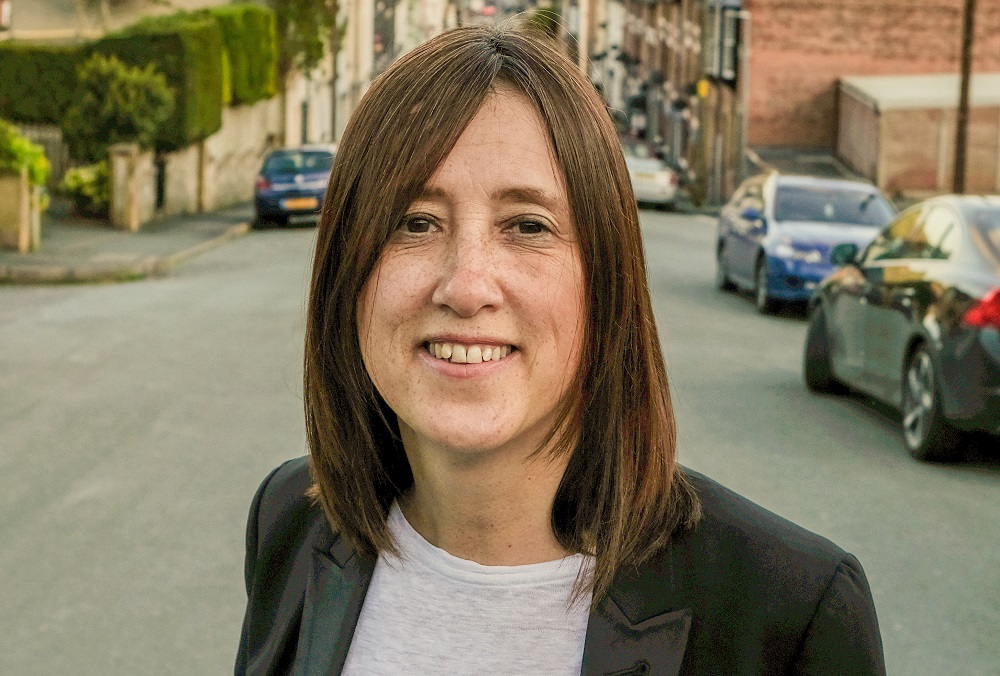Brecon and Radnor’s Remain pact could be replicated in an autumn General Election

Lord Dafydd Wigley
If history comes around in cycles, that too may be the case in the context of parliamentary byelections.
Wales has witnessed byelections which have fundamentally changed the course of history. Such was the case with the Carmarthen byelection of 1966. Gwynfor Evans’ triumph for Plaid Cymru set the devolution ball rolling – in Wales and, arguably, Scotland. Winnifred Ewing’s 1967 victory at Hamilton was attributed by her, in part, to the momentum of Carmarthen.
The 1965-75 period was one of further Plaid Cymru and SNP byelection impact – Rhondda West, Caerffili, Merthyr; Pollock, Dundee East and, notably, Glasgow Govan won by Margo Macdonald for the SNP in 1973.
The following decade belonged to the Social Democrats. Their victories first at Crosby (1981) with Shirley Williams, then Glasgow Hillhead (1982) with Roy Jenkins – gave them momentum. The SDP worked in an electoral pact with the Liberals, but at that time the two were distinct parties, eventually merging in 1988.
The Liberals also enjoyed byelection success in this period – David Alton winning Liverpool Edge Hill from Labour in 1979 and Simon Hughes capturing the safe Labour seat of Bermondsey in 1983. Such shock results helped determine the political climate of the time.
Another byelection shock came in 1985 at Brecon and Radnor – which is where history may, conceivably, repeat itself on 1st August.
Brecon and Radnor – which at its southern end abuts the south Wales coalfield communities – had been held for a generation by Labour, with Tudor Watkins and then Caerwyn Roderick relying on industrial communities of Ystalyfera, Hirwaun, Cefncoed and Brynmawr as the foundation of their vote. Away from these southern Labour enclaves, Brecon and Radnor was a rural agricultural constituency, hardly resembling a Labour seat.
The change came through the Boundary Commission, which placed Hirwaun in the mining seat of Cynon Valley; Cefn Coed into the Labour heartland of Merthyr Tydfil, once represented by Keir Hardie; and Brynmawr into the constituency of Blaenau Gwent, Aneurin Bevan’s old patch.
That opened the door for the Tories and Tom Hooson took Brecon and Radnor in 1979 and held the seat with a 8,784 majority over Labour in 1983.
Tom Hooson died suddenly in 1985. By then the shine had started to wear off the Thatcher triumph of 1983. Labour, however, were still in the doldrums, with the shadow of Militant undermining their electoral credibility – particularly in such rural areas.
Plaid Cymru were still smarting after the disastrous 1979 devolution referendum, with Dafydd Elis Thomas then leading a party which couldn’t decide whether to outflank Neil Kinnock on the left, or to go for the centre-left ground abandoned during by Michael Foot’s period as Labour leader and by Thatcher’s Tories.
These factors left the ground wide-open for the Liberal Democrats, despite the fact that they held only one seat in Wales, Ceredigion, occupied by the neo-Plaid and much-loved hill-farmer Geraint Howells. The Liberals had even succeeded in losing the northern Powys seat of Montgomeryshire.
Support
I had been, for a brief period 1981-84, Plaid Leader; and I had no doubt whatsoever that it was Plaid Cymru winning – or threatening to win – parliamentary seats which would bring Welsh autonomy back onto the political agenda. And parliamentary elections are only won by capturing at least a proportion of the centre ground.
In the 1979 election a Tory solicitor from Brighton, Keith Best, had won Welsh-speaking Ynys Mon (Anglesey) – previously held by Labour’ s pro-devolution MP Cledwyn Hughes. As Plaid Leader, I had placed half my eggs into the basket of winning that seat. In 1983 our bright young candidate Ieuan Wyn Jones came within 1,700 votes of doing so, with the Social Democrats taking almost 5,000 votes. It was clearly in Plaid’s interest to head them off in the next election.
So when Plaid’s National Executive considered whether Plaid should stand down in the 1985 Brecon and Radnor byelection and give our support to a low-profile Labour candidate who had no track record of advocating a Welsh Parliament, I blew a fuse. Neil Kinnock had, six years earlier led the anti-devolution movement in Wales.
In Brecon and Radnor, the Liberals had selected a strong devolutionist, Richard Livsey, with whom I had campaigned for a National Assembly in the 1979 referendum. So, I suggested – very strongly – that if Plaid were to stand down for anyone, it should be in support of Livsey. Plaid Cymru – which had in the past had as many as 3000 votes in Brecon and Radnor, lent sufficient support to Livsey, to win by a majority of 559 votes.

Laudable
This was widely reported; and that wasn’t an accident. For ahead of the subsequent general election, a senior Liberal MP made a speech in Gwynedd suggesting that Liberals and Social Democrats in Anglesey should consider supporting Ieuan Wyn Jones. In the 1987 general election in Anglesey, Ieuan won the seat for Plaid – with no doubt a modicum of Liberal support. The “understanding” had helped secure two “home-rulers” in place of two Tory MPs.
In the forthcoming Brecon and Radnor byelection, with the shadow of Brexit hanging over every party, Plaid Cymru has taken a principled stand of supporting the Remain/Peoples’ Vote candidate most likely to win the seat, namely the Liberal-Democrat Jane Dodds. Labour cannot be trusted on Brexit.
As in 1985, the party which can best deliver – in this byelection, and in the context of whether the next Tory leader will have enough MPs to drive a No-deal Brexit through the Commons – are the Liberal Democrats. The Green Party has, laudably, taken the same principled stance as Plaid Cymru, and refrained from putting forward a candidate. In 2015, Plaid Cymru and the Greens took over 3,000 votes between them, and that could be enough to swing the seat to the Lib Dems in this byelection.
Plaid Cymru has taken this principled stand from a position of strength, having in the Euro elections driven Labour into third place in Wales for the first time ever.
Plaid’s new leader, Adam Price AM is making a significant impact. He has indicated that, in the context of the need for Wales and the UK to remain in, or close to, the European Union, Plaid Cymru may well consider further understandings with pro-remain parties. This would be particularly relevant if there is an autumn election with Brexit as the backdrop.
UK politics is now in melt-down. Labour is in crisis, with seventy MPs threatened with deselection. Moderate Tories are in despair and the election of Boris Johnson will only exacerbate their dismay. Opinion polls in Wales now show a consistent swing giving Remain a ten-per-cent lead over Leave.
As a no deal departure from the EU now becomes increasingly likely, the demand for a People’s Vote becomes more imperative. What goes around, comes around. The outcome of the Brecon and Radnor byelection could well contribute to securing that essential Final-Say, to bring to a close this most disastrous period of Welsh and British politics. History may repeat itself for a very valid purpose.
Support our Nation today
For the price of a cup of coffee a month you can help us create an independent, not-for-profit, national news service for the people of Wales, by the people of Wales.





